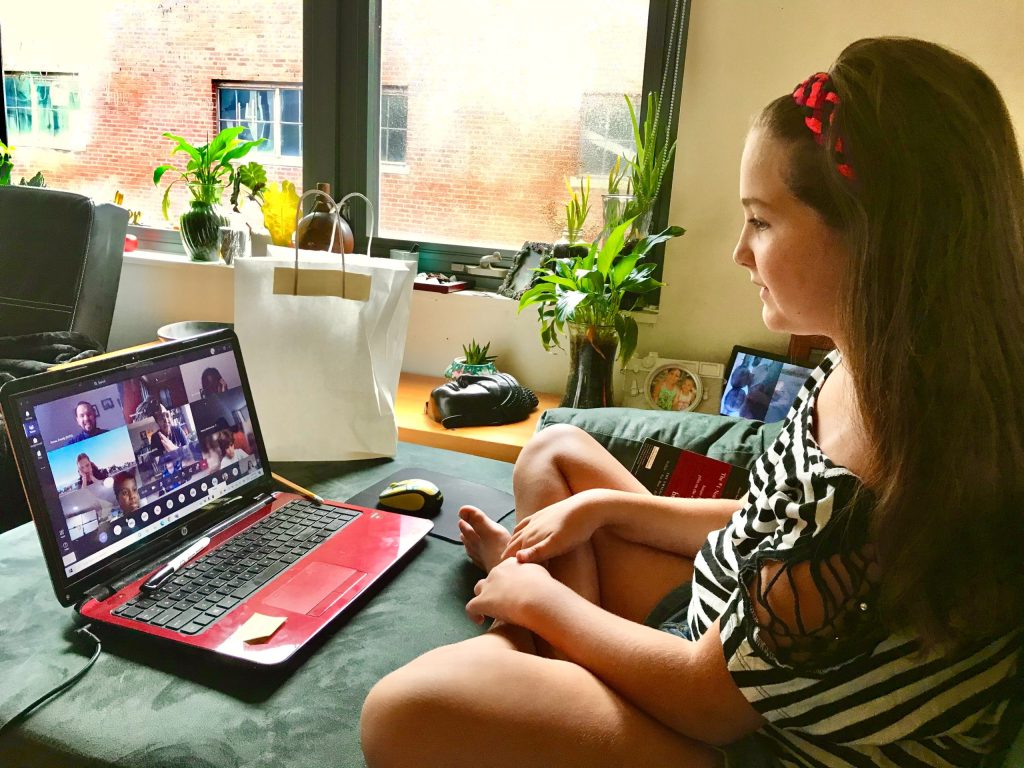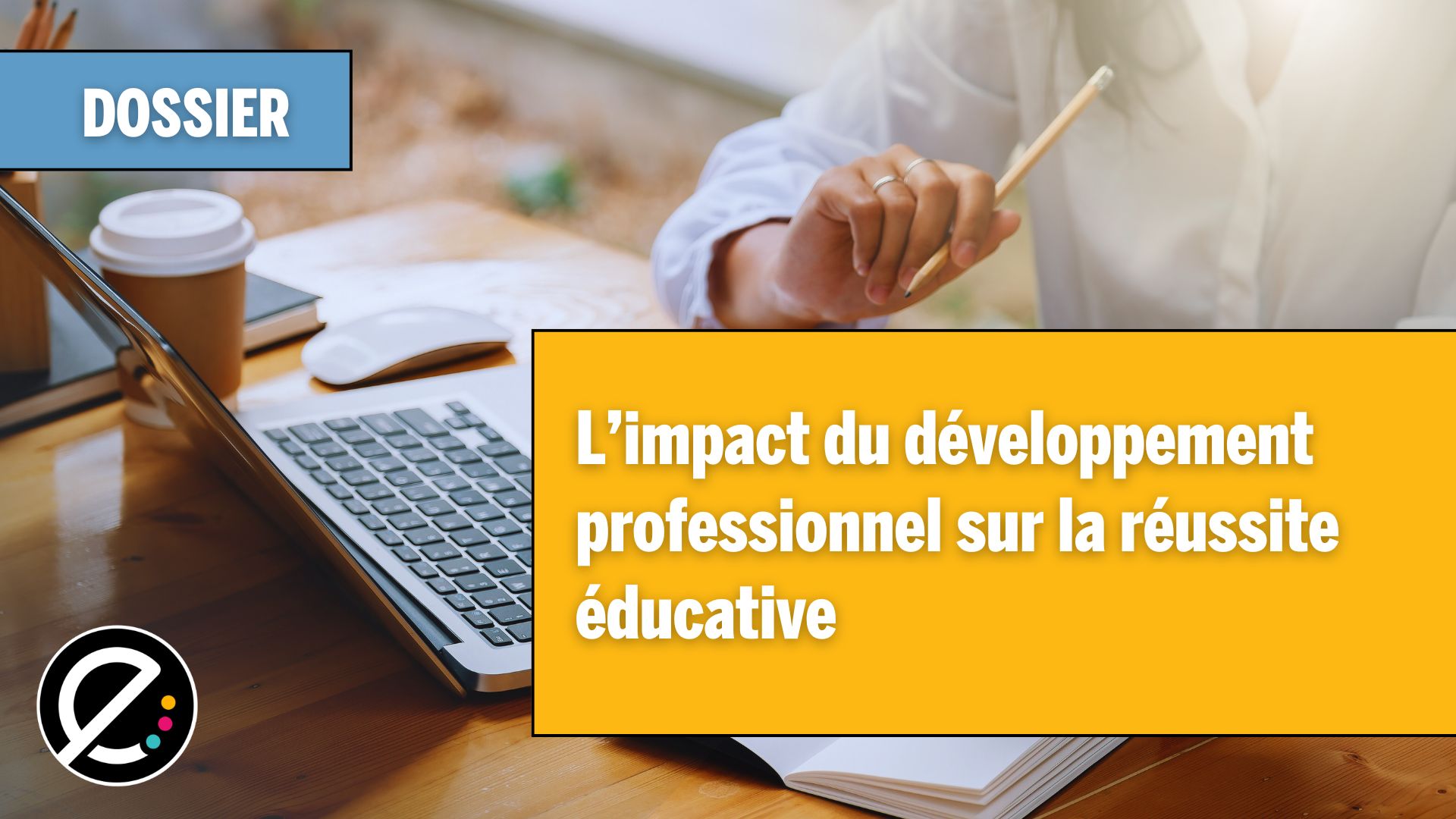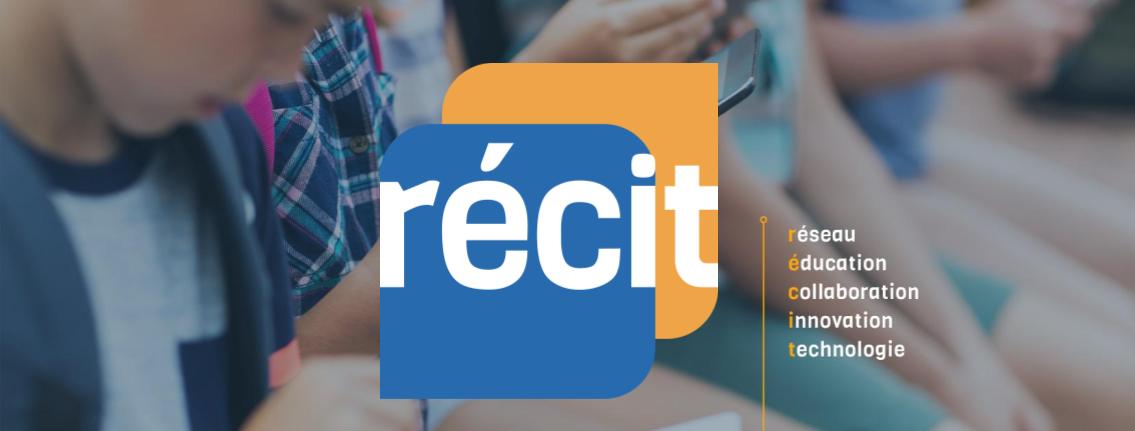Steve Quirion et Danny Legault, conseillers au service national du RÉCIT, domaine de l’univers social (RÉCITus), partagent constats, outils pratiques et pistes de réflexion en lien avec l’enseignement à distance après un an de pandémie. Ceux-ci peuvent aisément se transposer dans d’autres disciplines.
« L’enseignement à distance nous a forcés à nous rappeler des évidences », fait d’entrée de jeu remarquer Steve Quirion. « On a vu, plus que jamais, qu’il fallait revenir à la base de l’enseignement : bien préciser son intention pédagogique, bien définir l’objet d’une évaluation. Ça permet de faire plus de sens pour les élèves. »
Ainsi, au cours de la dernière année, il a proposé à plusieurs enseignants d’utiliser les principes de la démarche de recherche en univers social pour séquencer leur période de cours en ligne (et cela peut aussi bien sûr s’appliquer en classe!).
Concrètement, il s’agit de :
– nommer explicitement l’objet principal de la séance (en posant une question de départ, par exemple);
– réaliser des activités sur cet objet en cours de séance (en alternant entre le travail en mode synchrone ou asynchrone; seul, en grand groupe ou en sous-groupe);
– démontrer la compréhension de l’objet, un apprentissage réalisé (rédiger une définition, donner un exemple, etc.).

Concernant le dernier élément, l’utilisation de « billets de sortie » a été une solution qui a suscité beaucoup d’intérêt de la part des enseignants. Il s’agit d’un petit formulaire en lien avec l’intention pédagogique de départ. Chaque élève doit le compléter avant de quitter le cours. Cela permet à la fois de recueillir des traces et de valider rapidement la maîtrise des concepts enseignés. Des modèles de ces billets de sortie ont d’ailleurs été développés par l’équipe du RÉCITus.
« Préciser son intention, c’est aussi énoncer clairement ce sur quoi les élèves seront évalués », ajoute Steve. L’équipe a ainsi préparé des grilles d’évaluation générales pour les opérations intellectuelles et les compétences en univers social. Les enseignants peuvent s’en inspirer et les adapter.
L’environnement numérique d’apprentissage au cœur de la classe
De son côté, Danny a tenu à rappeler qu’au-delà de l’utilisation de la fonction de vidéoconférence (avec caméra et clavardage), les outils utilisés pour l’enseignement en ligne (comme Microsoft Teams et Google Classroom) permettent d’organiser davantage le contenu du cours et le suivi des travaux des élèves.
« Il n’a jamais été aussi facile de partager des documents avec les élèves et de s’assurer qu’ils les ont bien en main. Ces outils permettent par ailleurs de maximiser le lien entre l’école et la maison alors que les parents ont aussi accès à l’ensemble des documents scolaires de leurs enfants. Ils peuvent consulter la rétroaction offerte sur les différents travaux ».
Aménager le temps différemment
« Parmi les éléments que la pandémie a mis en relief, c’est le fait qu’il faut varier nos activités d’apprentissage et reconsidérer ce qu’est une “période” de classe. C’est 75 minutes, ça peut devenir très long pour un élève du secondaire qui n’est pas engagé », indique Danny.
Partager des tâches plus courtes, rendre l’élève plus actif dans ses apprentissages, utiliser la classe inversée sont parmi les solutions qui ont émergé. En fait, il existe de nombreuses façons d’aménager une période de classe. De plus, la diversité est bénéfique pour la motivation des élèves!

Afin de mettre un peu plus les jeunes en action et de les sortir de la désormais traditionnelle vidéoconférence, plusieurs enseignants ont expérimenté diverses plateformes d’activités interactives (ex. Wooclap, LearningApps, etc.).
Certains ont aussi poussé plus loin en optant pour la création numérique avec la plateforme Minecraft Education ou pour la programmation avec Scratch. Pour encourager l’utilisation de ces outils, le RÉCITus a d’ailleurs développé de nombreuses tâches directement en lien avec le programme d’études. Il est possible de les retrouver dans la section Ressources de leur site Web.
Steve Quirion et Danny Legault ont présenté leurs réflexions dans le cadre du Sommet du numérique en éducation. Leur présentation, en format Google Slides, est disponible en ligne.
Dimension(s) de la compétence numérique en lien avec cet article
3- Exploiter le potentiel du numérique pour l’apprentissage
Voir le Cadre de référence.







